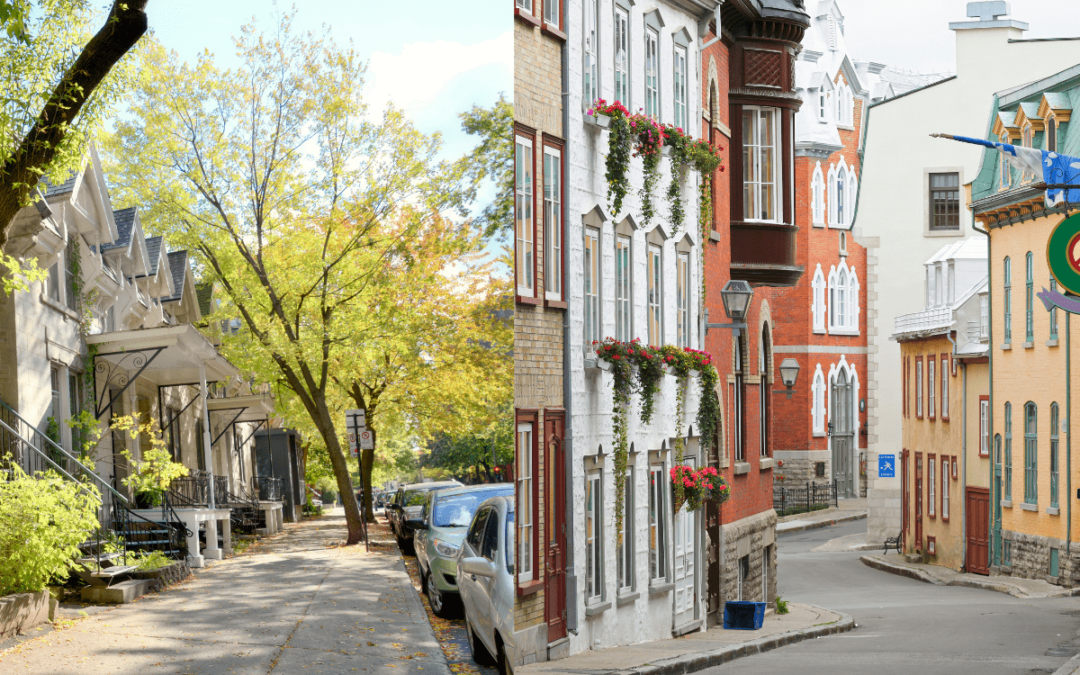The Quebec Professional Association of Real Estate Brokers (QPAREB) recently released its residential real estate market statistics for July, showcasing significant growth in both the Montreal and Quebec City Census Metropolitan Areas (CMA). There were notable increases in sales and median prices across the board.
Montreal highlights
Last month, the Montreal CMA recorded 3,439 residential transactions, marking a 12 per cent increase compared to the same period last year. This level of activity is slightly above the historical average for July since 2000.
“July starts off the summer period when transactional activity is usually quieter. It is interesting to note, however, that the Montreal CMA is back to a level of activity above the historical average calculated since 2000 for this period of the year. In fact, it posted the fourth-best July in the 25 years that market data has been compiled by the real estate brokers’ Centris system.
This is a clear sign that despite the fact that the CMA posts the highest prices in the province, the massive exodus towards other regions of Quebec is well and truly over, and that more and more newcomers are settling there. According to the Institut de la statistique du Québec, the Island of Montreal experienced a historical population increase of 90,000 between 2022 and 2023,” points out Charles Brant, QPAREB market analysis director.

Every major metropolitan area within the Montreal CMA saw a rise in sales. Notably, Saint-Jean-sur-Richelieu and Vaudreuil-Soulanges led with 25 per cent and 21 per cent increases, respectively.
Single-family home sales rose by 8.0 per cent to 1,765, while condominium sales surged by 20 per cent, reaching 1,350 transactions. Sales of small-income properties increased by 3.0 per cent.
The number of active listings climbed by 22 per cent to 17,545, although still slightly below the historical average. Median prices increased across all property types, with condominiums at $411,000 (up 4.0 per cent), single-family homes at $585,000 (up 6.0 per cent), and plexes at $755,000 (up 3.0 per cent).
Quebec City highlights
The Quebec City CMA also saw growth, with 667 residential sales in July, a 3.0 per cent increase compared to the same month last year. This marks the second-highest transactional activity for July since 2000.
“There is no recovery dynamic to the Quebec City market as is the case with many other markets in the province. It is, however, in a strong growth mode, and has been since the pandemic. Moreover, it has been unaffected by interest-rate fluctuations over the past 28 months.
Even if the increase in July sales seems relatively modest, make no mistake, the market posted its second-strongest activity in 25 years for this time of year. The resilience of this market, combined with the start of a cycle of lower interest rates, is increasing the confidence of buyers, particularly investors,” notes Brant.

The South Shore of Quebec posted a 42 per cent increase in sales, while the Northern Periphery of Quebec City saw a 41 per cent rise. The Agglomeration of Quebec City experienced a 7 per cent increase.
Condominium sales were strong, with a 15 per cent rise to 210 transactions. Small-income properties saw a significant 32 per cent increase, while single-family home sales dipped by 5.0 per cent.
Inventory levels dropped by 11 per cent, with 2,305 listings on the market— the third-lowest for the month of July since 2000. Median prices surged, with condominiums up 15 per cent to $282,000, single-family homes up 7.0 per cent to $375,000, and plexes jumping 21 per cent to $437,750.
Review the full reports here.














